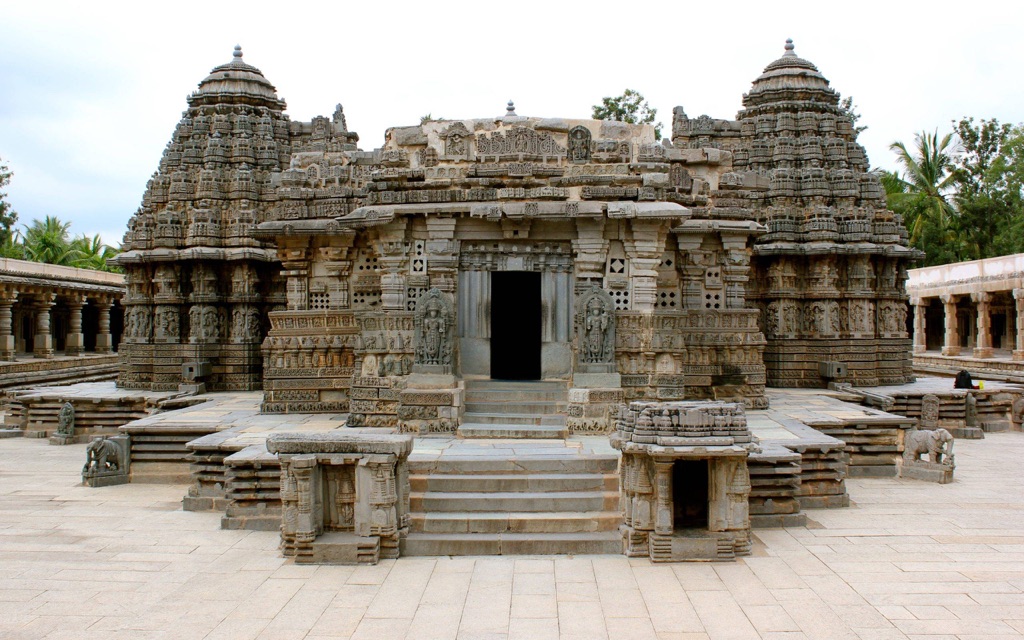Summary
The Chennakesava Temple, a magnificent example of Hoysala architecture, is located in Somanathapura, India. Constructed in the 13th century, this temple is dedicated to Lord Vishnu, also known as Chennakesava. It’s famed for its intricate carvings and sculptures depicting scenes from Hindu mythology. The temple is a testament to the craftsmanship of the Hoysala era, making it a significant historical and cultural landmark.
Get your dose of History via Email
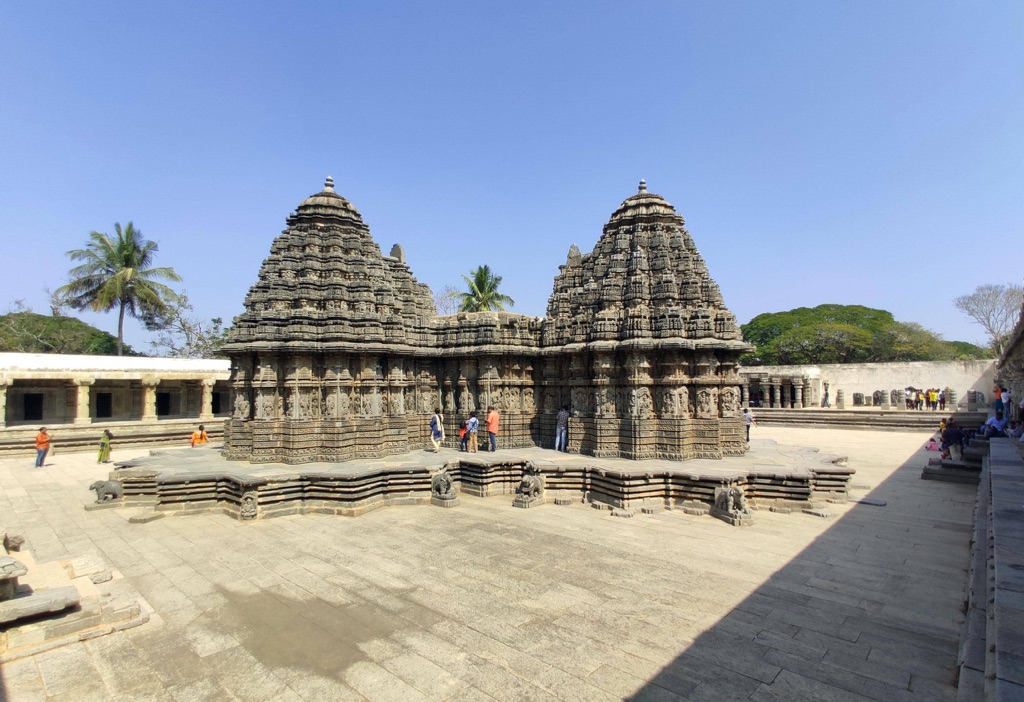
Historical Background of Chennakesava Temple
The Chennakesava Temple was built during the reign of the Hoysala king Narasimha III. It was completed in 1258 CE, under the supervision of a commander named Somanatha. The temple’s name, Chennakesava, translates to “handsome Kesava,” a reference to Lord Vishnu.
The Hoysala Empire, known for its patronage of art and architecture, left an indelible mark on the temple’s design. The temple’s construction coincided with a period of prosperity and cultural efflorescence in the empire, which is reflected in its intricate carvings and detailed iconography.
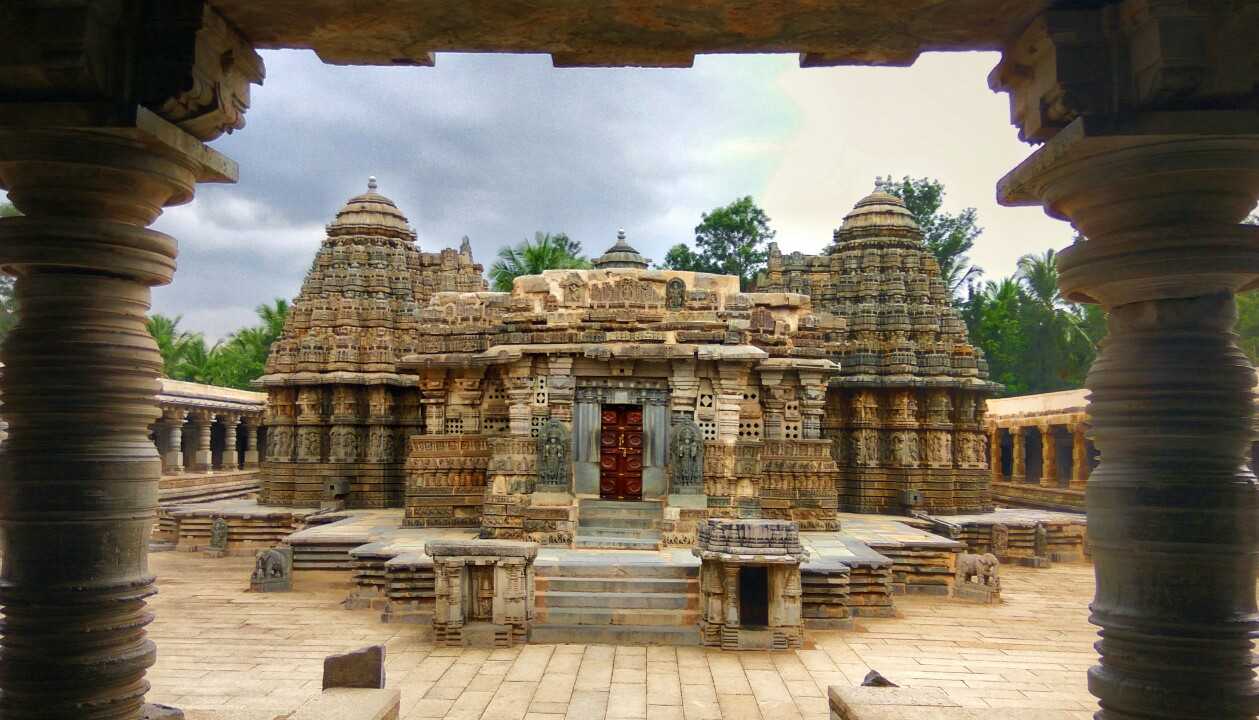
Over the centuries, the temple has withstood invasions and natural calamities. Despite this, it has managed to retain its original structure and beauty, making it a treasure trove for historians and art enthusiasts alike.
The Chennakesava Temple was declared a UNESCO World Heritage Site in 1989, acknowledging its historical and cultural significance. Today, it stands as a symbol of the Hoysala Empire’s architectural prowess and artistic sensibilities.
Despite being a functioning temple, Chennakesava Temple is also a popular tourist destination. Its unique blend of history, art, and spirituality continues to captivate visitors from around the world.
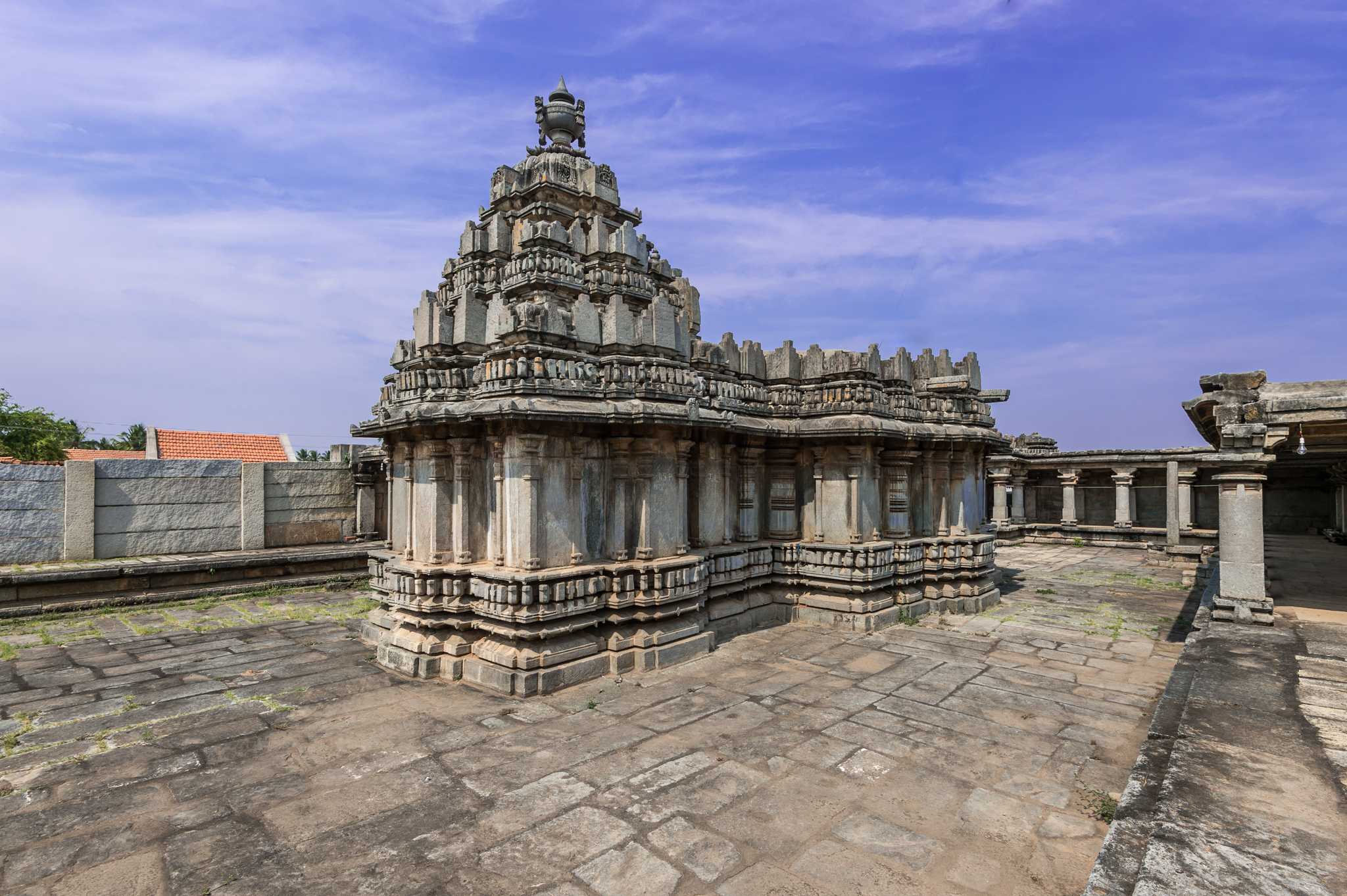
Architectural Highlights/About the Artifact
The Chennakesava Temple is a trikuta (three-shrined) structure, with each shrine dedicated to a different form of Lord Vishnu. The shrines are named Keshava, Janardhana, and Venugopala, each adorned with a unique, intricately carved vimana (tower).
The temple is renowned for its detailed carvings, which cover almost every inch of its walls. These carvings depict scenes from Hindu epics like the Ramayana and Mahabharata, as well as daily life in the Hoysala period. The precision and detail in these carvings are a testament to the exceptional skills of the artisans of the time.
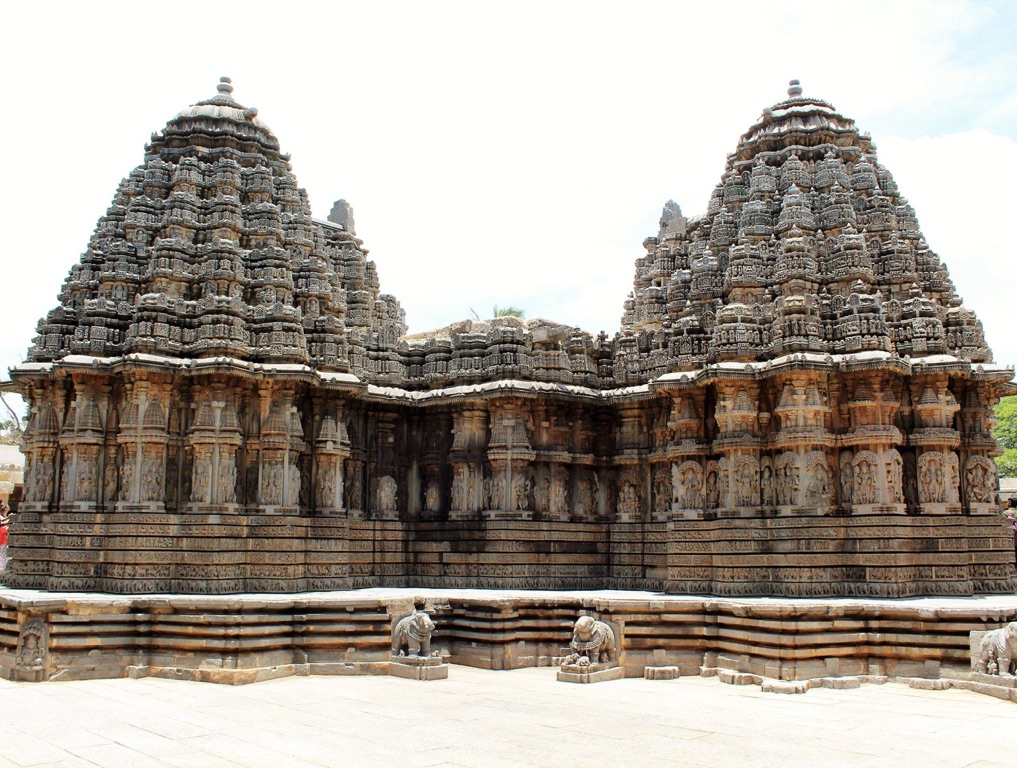
One of the temple’s most notable features is its navaranga (pillared hall). This hall is supported by 16 intricately carved pillars, each depicting a different aspect of Hindu mythology. The ceiling of the navaranga is equally impressive, with detailed carvings of lotus flowers and other motifs.
The temple complex also includes a large, stepped tank, known as a kalyani. This tank was used for ritualistic purposes and adds to the temple’s aesthetic appeal.
Despite its age, the Chennakesava Temple remains in excellent condition. Its preservation is a testament to the quality of Hoysala architecture and the dedication of those who maintain it.
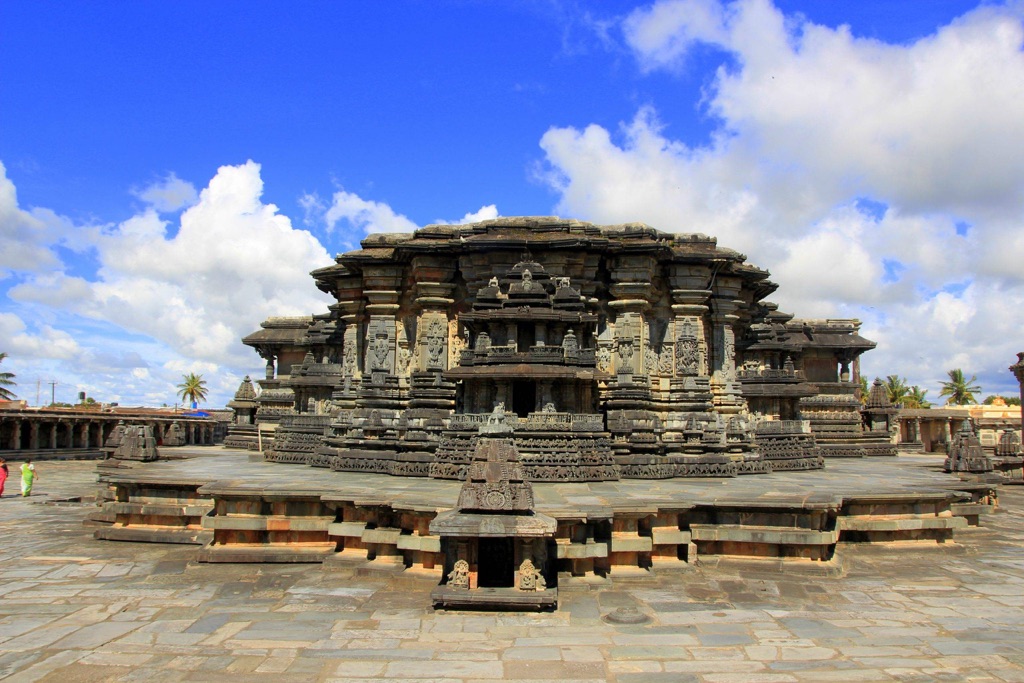
Theories and Interpretations
Several theories and interpretations surround the Chennakesava Temple’s architecture and iconography. Some scholars believe that the temple’s design reflects the socio-political climate of the Hoysala period. The detailed carvings of daily life suggest a society that valued art and culture, while the numerous depictions of warfare indicate a time of conflict and expansion.
Another theory suggests that the temple’s design was influenced by Vaishnavism, a major branch of Hinduism. This is supported by the temple’s dedication to Lord Vishnu and the numerous carvings of his avatars and exploits.
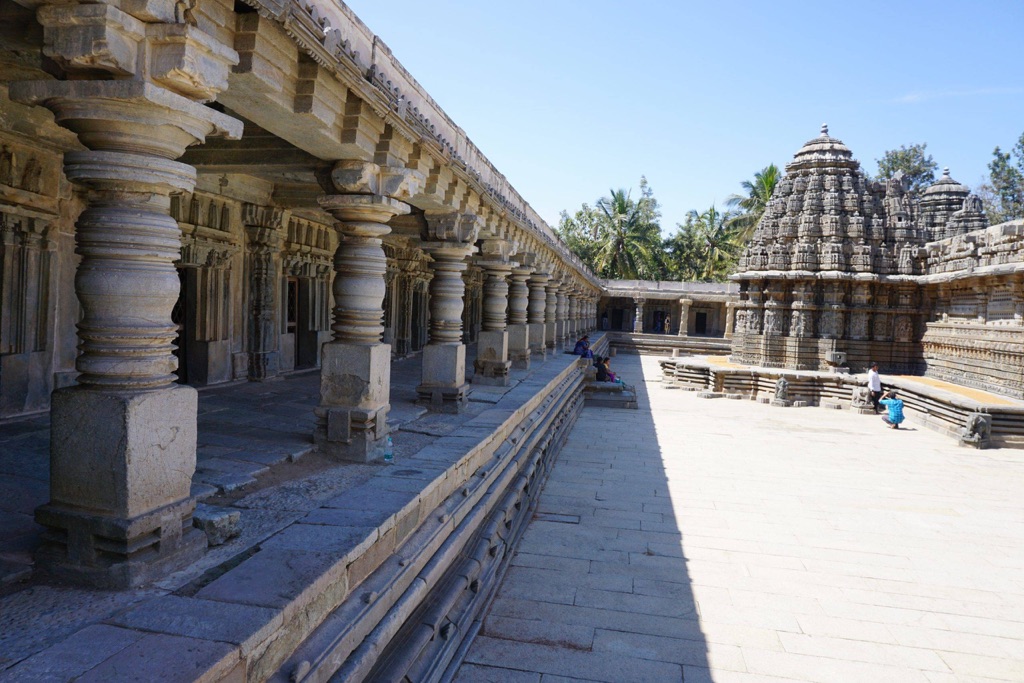
Some interpretations focus on the temple’s astronomical significance. The temple’s orientation and the placement of certain sculptures are believed to align with specific celestial events. However, these theories are still a subject of debate among scholars.
The temple’s intricate carvings also provide insights into the artistic techniques and styles of the Hoysala period. The level of detail and precision in these carvings suggest a highly skilled and dedicated group of artisans.
Despite the various theories and interpretations, the Chennakesava Temple’s true significance may lie in its ability to captivate and inspire. Its blend of history, art, and spirituality continues to fascinate scholars and visitors alike.
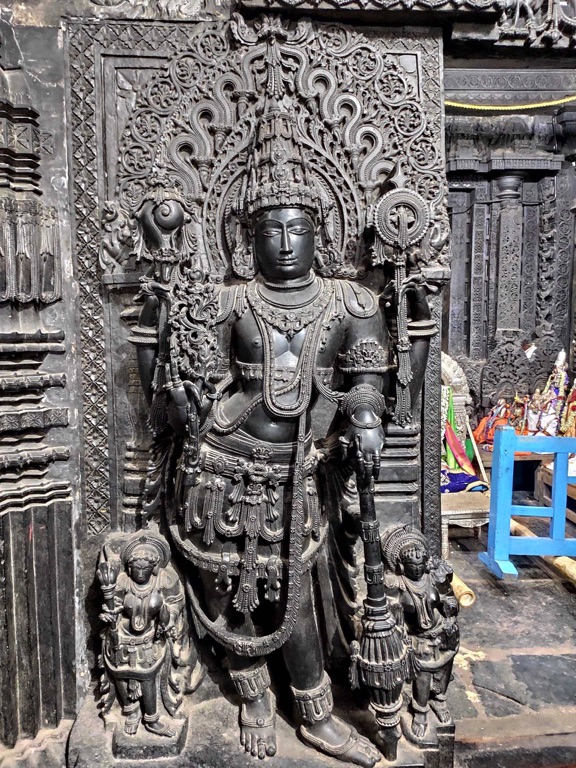
Good to know/Additional Information
The Chennakesava Temple is open to visitors from 9:00 AM to 5:30 PM, every day. It’s advisable to set aside at least two hours to fully explore and appreciate the temple’s architecture and carvings.
Guided tours are available, providing detailed insights into the temple’s history, architecture, and iconography. These tours are highly recommended for those interested in learning more about the temple and the Hoysala period.
Photography is allowed inside the temple, but flash photography is prohibited to preserve the temple’s carvings. Visitors are also expected to dress modestly and respect the temple’s sanctity.
The temple is located in Somanathapura, which is approximately 35 kilometers from Mysore. It’s easily accessible by road, and parking facilities are available near the temple.
Visiting the Chennakesava Temple is a unique experience, offering a glimpse into India’s rich history and cultural heritage. Whether you’re a history buff, an art enthusiast, or a spiritual seeker, this temple is sure to leave you awestruck.
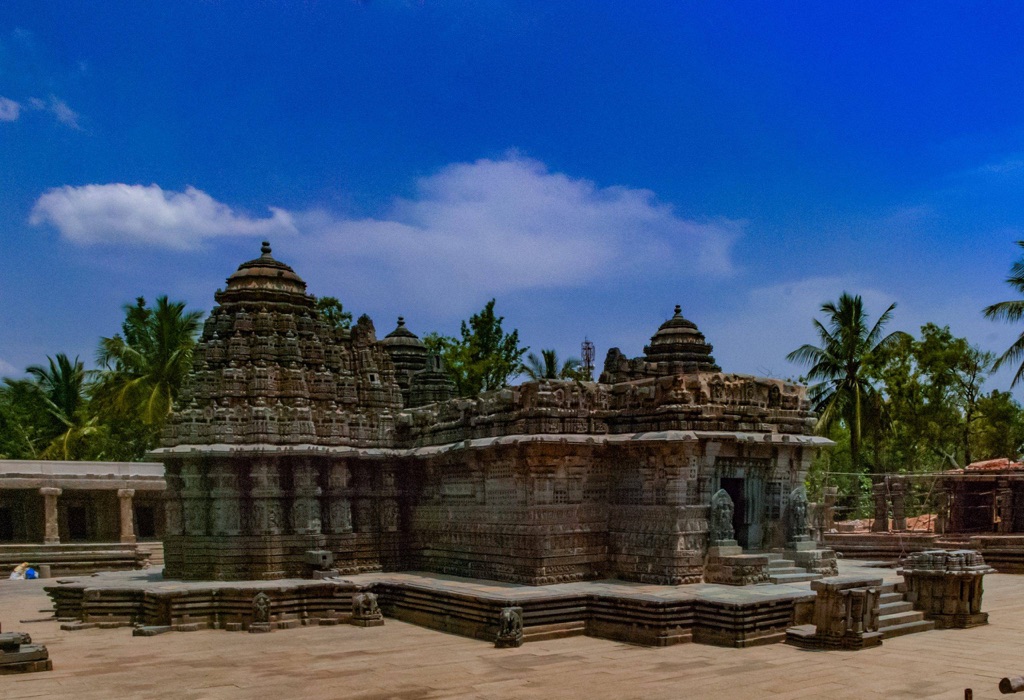
Conclusion and Sources
The Chennakesava Temple is a magnificent testament to the Hoysala Empire’s architectural prowess and artistic sensibilities. Its intricate carvings, detailed iconography, and historical significance make it a must-visit for anyone interested in Indian history and culture.
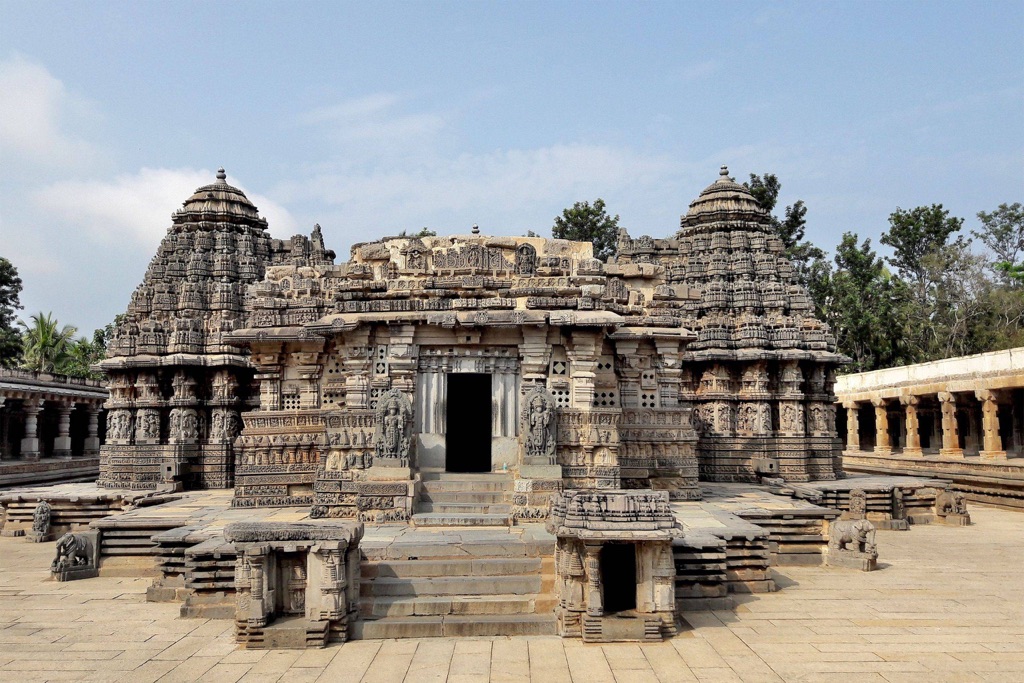
For further reading and research, the following sources are recommended:

